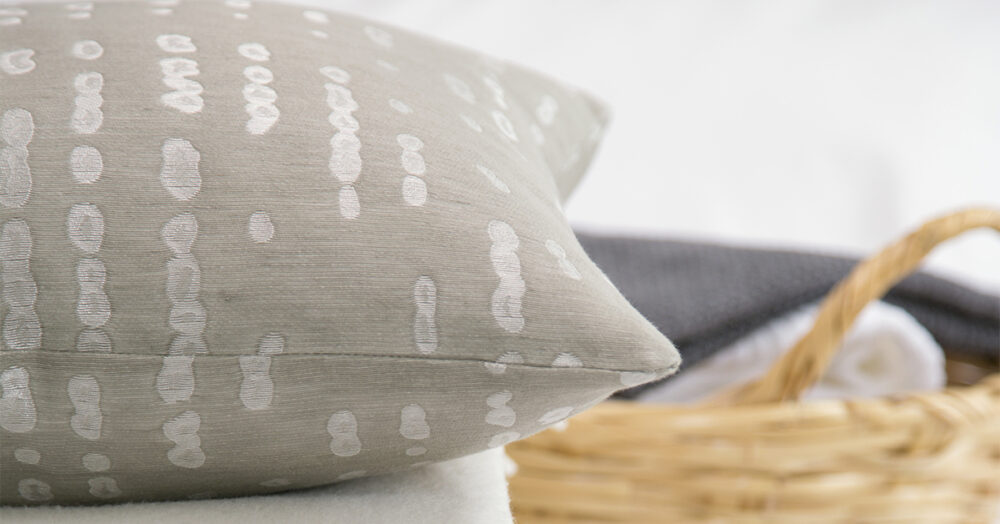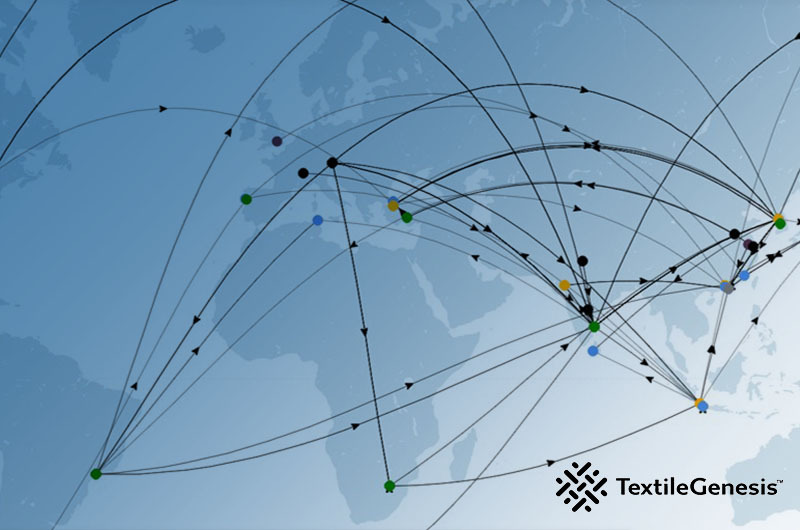IT STARTS WITH CONSUMERS
Fiber choice through the textile supply chain ultimately comes down to product choice at the consumer level. Brands and retailers can advertise and place apparel and home furnishings products at retail, but if the consumer is not willing to choose those products in their budget, then those products will not move. Effective product demand (or lack thereof) will affect the supply chain back to the textile manufacturers, and ultimately to fiber suppliers -- be they of natural fibers such as cotton, or of synthetic fiber such as polyester.
Variables affecting textile fiber demand can be broken into long-term economic (including technology) and demographic trends, and changes in consumer preferences.
Population and per capita income growth are the principal underlying long-term drivers of demand for services and products of all types, including textiles. Although the rate of global population growth has slowed, absolute numbers are still growing and a net of around 700 million people are expected to be added to the planet during the next decade. Coupled with a forecast average annual per capita GDP growth of 2.4 percent, this gives an implied total annual fiber demand increase during the next decade of some 28 million metric tons from current levels (World Supply and Demand Report 2017, PCI Wood MacKenzie).
THE FASHION PENDULUM
How much of that projected increase will be cotton versus alternative fibers will in large part depend on consumer fiber preference, which in turn arises out of variables such as design, functionality, comfort, care, perceived sustainability, and relative prices. These shifts in demand, both in surges and recoveries, manifest into the fashion pendulum that swings between cotton and synthetics.
Although cotton has lost market share to synthetics (principally polyester staple and filament) during the past decades, cotton remains a perennial favorite among global consumers. This Global Lifestyle Monitor research, carried out regularly by Cotton Council International and Cotton Incorporated for more than two decades, documents that consumer preferences remain very loyal to cotton because of its perceived advantages as “more comfortable” and “softest” compared with products made of other fibers. Consumers across the globe also see cotton as “most reliable” and “most trustworthy”, as well as “longer lasting” compared with garments made of synthetics. In view of those strong consumer preferences, cotton will compete well if other criteria such as design, functionality and product care requirements meet consumers’ needs.
SUSTAINABILITY PREFERENCE FAVORS COTTON
On the increasingly important factor of “sustainability” and “environmentally friendly”, cotton has long measured up well in consumer perception across all countries, consistently logging the highest sustainability ratings globally among all fibers. In the most recent survey, 90 percent of respondents rated cotton as safe for the environment, as compared with just 45 percent for polyester. The post-purchase sustainability performance of garments with differing fiber content has taken on heightened importance in recent years as environmental monitors have pointed out an escalating presence of synthetic “microfibers” in both fresh and sea aquatic environments, contaminating seafood and water supplies. The most recent Global Lifestyle Monitor data indicate that, of fiber aware consumers worldwide, 84 percent now believe that microfiber pollution is the greatest environmental threat from textiles. Much of the microfiber pollution comes from processing and laundering of synthetic garments. Cotton and other natural fibers break down rapidly in aquatic environments whereas polyester can take more than 125 years, and even longer in terrestrial environments. As brand and consumer awareness of microfiber pollution and garment disposal challenges grow, the evidence strongly favors cotton.
PRODUCT PRICE IS STILL A TOP CONSIDERATION
Although design, color, performance, care requirements and sustainability are all important factors influencing a consumer’s apparel purchase decision, product price is invariably among the top considerations. While cotton products have generally been competitive, they often are not the cheapest. As a quality, natural fiber, cotton availability worldwide is subject to weather conditions during the growing season, and to the relative economic returns of competing crops. Polyester (a large-scale industrial manufactured byproduct of petroleum processing) prices, in contrast, tend not to fluctuate as much. This has been particularly true the past quarter century during which China has expanded its polyester textile fiber capacity to now dominate at more than 70 percent of global production. At current demand levels, an estimated 40 percent of China’s polyester infrastructure is considered overcapacity, forcing prices often below the costs of production and causing unfair competition with other fibers, particularly natural fibers such as cotton and wool.
KEEPING COTTON COMPETITIVE Population demographics and general economic growth will the foundation for consumer demand. However, as with other competing products in the global marketplace, the consumer will ultimately decide what to and what not to buy. While price will pose a challenge for cotton apparel and home furnishing products so long as there is huge overcapacity in polyester production, cotton is likely to continue to compete very well in other purchase decision factors important to consumers, such as comfort, reliability, and trustworthiness. In the area of sustainability, cotton’s image with consumers as the most environmentally safe fiber will only be enhanced as the full impact of global microfiber pollution becomes apparent. Once polyester and other synthetic fibers account for their true costs of production, consumer care, and product final disposal, the slightly higher retail price for quality cotton products will appear very reasonable to consumers, and to those making product design and sourcing decisions.
For more information on the Global Lifestyle Monitor, fiber economics, and fiber sustainability, contact your local COTTON USA representative (https://cottonusa.org/staff).
1 Source: https://cottonusa.org/uploads/... ; https://www.cottoninc.com/mark...
2 Source: https://www.cottoninc.com/mark...




